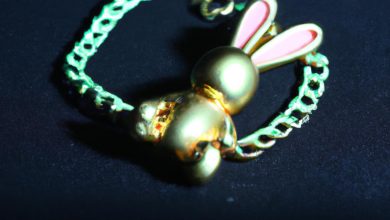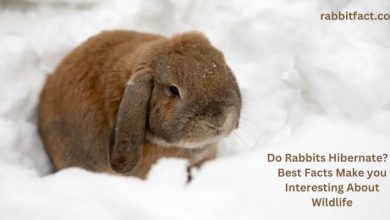Can Rabbits Eat Celery? 4 Best Tips For Feeding Your Rabbit Celery
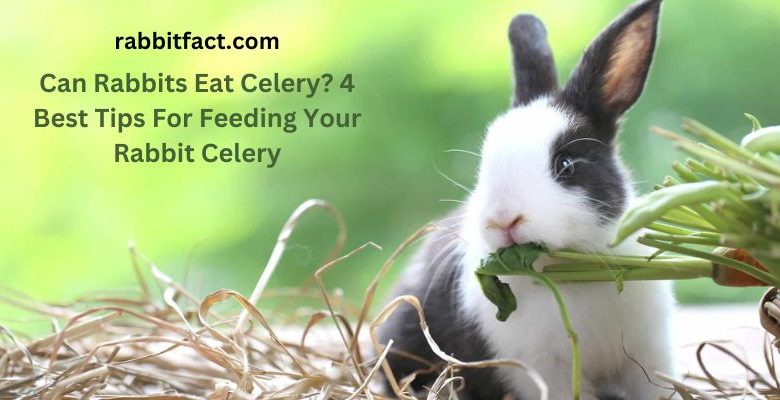
Can rabbits eat celery? Rabbits are adorable and curious creatures that are known for their love of munching on various types of food. As a rabbit owner, it’s essential to provide them with a balanced diet to ensure their overall health and well-being. While rabbits have a reputation for being herbivores, it’s important to be cautious about the types of food you offer them. One food that often sparks curiosity among rabbit owners is celery. So, in this fact blog, let’s delve into the question of can rabbits eat celery? and explore the factors to consider when introducing this crunchy vegetable to your furry friend’s diet with rabbitfact.com.
1. Can rabbits eat celery? Is it safe?
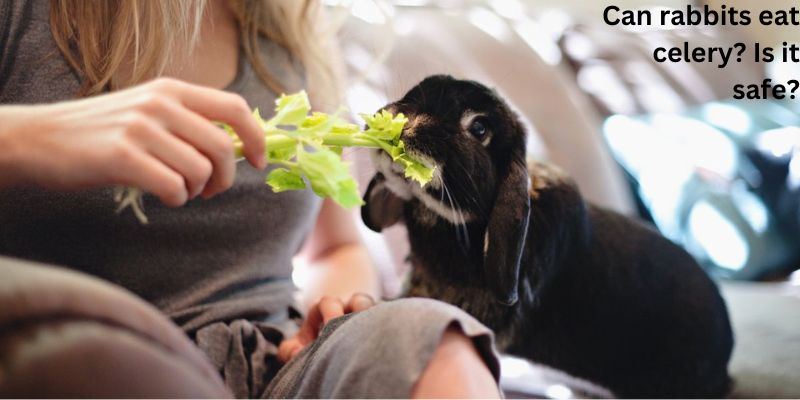
Almost every type of fruit and vegetable is delicious to rabbits. Because they will eat any plant, wild rabbits are a sworn enemy of vegetable producers. The majority of foods that we enjoy are also delicious to rabbits. can rabbits eat celery? Rabbits are drawn to celery in particular because of its high nutritional and fiber content. A little quantity of sugar is also present in celery. While it is insufficient for humans to notice, rabbits undoubtedly do.
However, not all rabbits enjoy celery. As some people sneer at the idea, every rabbit is unique. As long as your rabbit is eating a range of other veggies, it doesn’t matter if they don’t like celery.
In addition to flavor, giving rabbits celery has a few advantages. To begin with, celery is a rich source of vitamins, minerals, and nutrients, including calcium, choline, fiber, folate, folic acid, potassium, zinc, iron, magnesium, , vitamin C, vitamin E, phosphorous, vitamin A, several B vitamins and vitamin K, to name a few (all of which are good for the health of rabbits as a whole).
A member of the Apiaceae family of vegetables, which also includes parsley and carrots, is celery. Both the fibrous stem and the cooked or uncooked leaves of this plant are edible to both rabbits and people. Celery is water-rich and has a delicious flavor. Due to celery’s high sugar content (by rabbit standards), many rabbits get fond of it and like eating it. Second, because to how crisp and challenging it is to chew, celery also aids in maintaining rabbits’ teeth.
2. Can rabbits eat celery? Cons
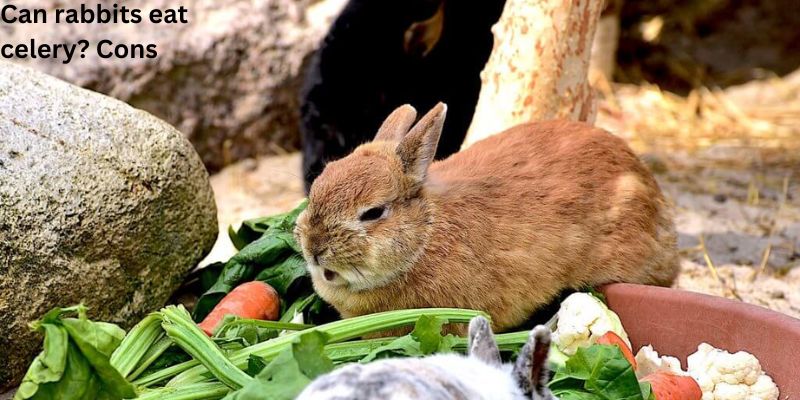
Although celery is typically seen to be safe for rabbits, there are certain drawbacks to take into account.
Celery threads—yes, celery strings may be hazardous—are the most dangerous of them. Celery threads have the potential to become lodged in a rabbit’s stomach, causing obstructions that, though minor to humans, can be fatal to rabbits. They can also become lodged in a rabbit’s teeth, which can result in infection. In order to assist avoid the celery threads from becoming entangled, it is frequently advised to chop up any celery for your rabbit.
Celery’s potential to upset the stomach is a further drawback. Many people think that rabbits can eat anything since they are natural foragers. However, this is untrue.
Rabbits have sensitive stomachs that are readily irritated by new diets, an excessive amount of veggies, sweets, etc. Introduce new meals (particularly veggies) gradually and in moderate amounts to avoid this. If you see mushy or watery feces (poo), it means their stomach isn’t in a good mood.
Sugar is the last drawback of celery for rabbits. For rabbits, celery is abundant in sugar (for what they need), making it more of a treat than a regular meal, yet humans view celery as a healthy diet and view its sugar level as minimal.
3. Can rabbits eat celery? Tips for feeding your rabbit celery
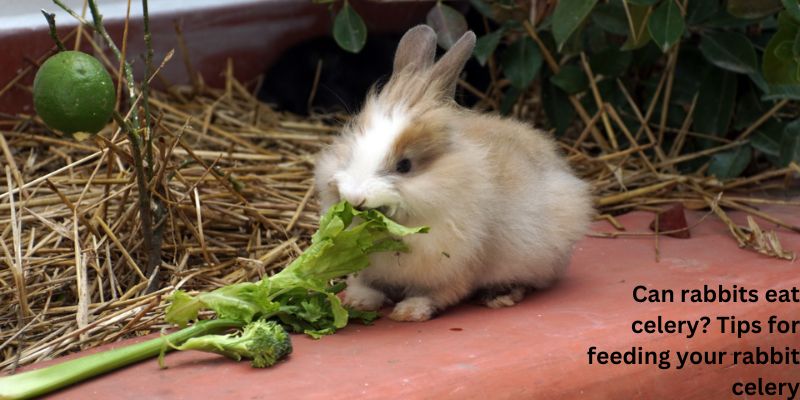
As previously mentioned, celery’s stringy veins can seriously harm oral, digestive, and general health.
- Celery should be chopped into pieces no bigger than one inch.
- One medium stick of celery is nearly equal to a half cup of finely chopped celery, so use 1/4 of a cup. Keep in mind that they should only consume half a stick each day of this delightful delicacy.
- Feed your rabbit some celery along with some leafy greens (celery leaves are a good option) and premium pellets.
- Keep an eye on your bunny’s behavior – Rabbits have distinct preferences. Some rabbits may find a fruit or vegetable to be a nice pleasure, whereas other rabbits may find it repulsive or unpleasant. Every time we give our bunnies new meals, we should pay attention to whether they enjoy it or not and whether their tummies can tolerate it.
Conclusion
Conclusion: So above is the Can Rabbits Eat Celery? 4 Best Tips For Feeding Your Rabbit Celery article. Hopefully with this article you can help you in life, always follow and read our good articles on the website: rabbitfact.com

